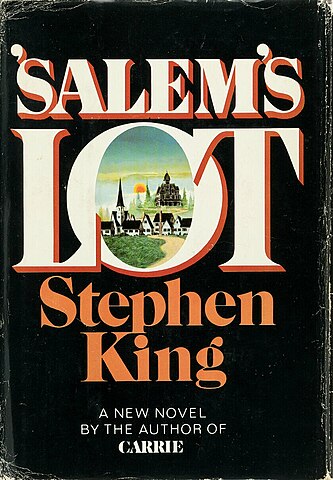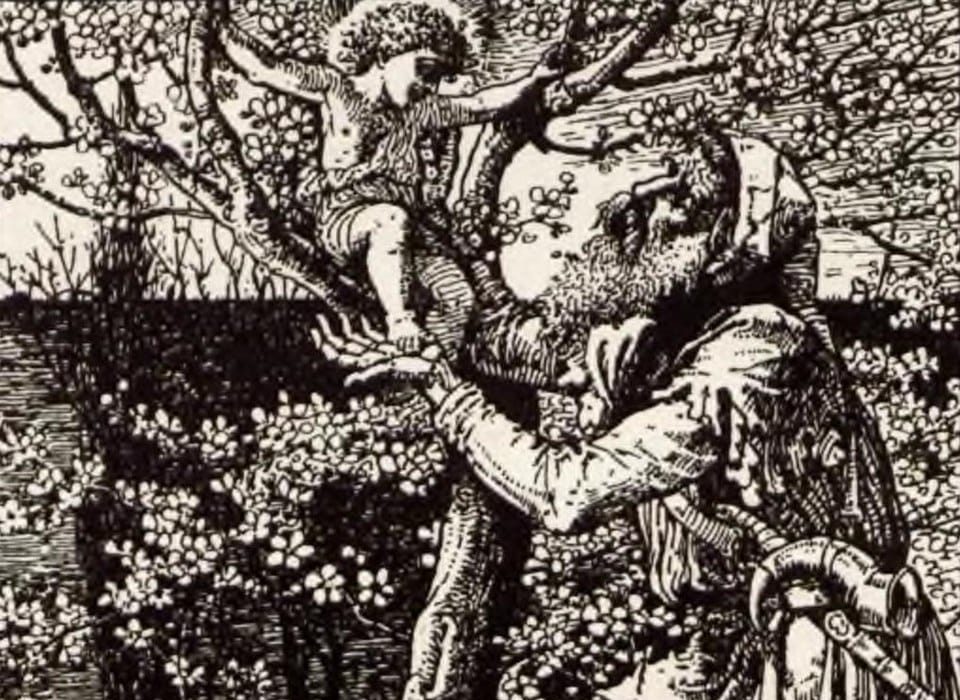As a connoisseur of the strange, I dabble in many forms of odd things. From folklore to legend, from ghost stories to little red men on telephone poles. I have read a fair amount of the weird. When I listened to Salem’s Lot by Stephen King (and read “Jerusalem’s Lot” and “One for the Road”), I felt as though there was this great haunting happening to the town of Salem’s Lot. The spirits of the dead are restless and all that. In this post, we are going to analyze ghost story conventions in Stephen King’s Salem’s Lot.
What makes a ghost story?
Ghost stories are defined by a variety of conventions. Some of these conventions include the use of suspense, fear, atmosphere, the supernatural, psychology, and elements of Gothic literature. As pointed out by some sources, ghosts can offer two key plot devices as well: revenge and exposition.
If you think about the Haunting of Hill House by Shirley Jackson, you get a great sense of suspense. Things go bump in the night and the ghosts are out. The characters constantly inspect and suspect the house of ill-will. Yet the reader is left to wonder right up until the very end whether real haunts were present. The ghosts in this case, are expository as they enable character development through their existence (or nonexistence?). Classic suspense.
Fear and atmosphere fit well within the suspense of the novel as well. In another Stephen King novel, The Shining, the characters are plagued by horrific visions of violence and the macabre. These visions include ghosts in forbidden rooms and walls of blood. Granted, they are also surrounded by the contrast of the ominous amenities of a grand hotel. Nonetheless, the ghosts act a revenge mechanism, as the house has unfinished business, and will perhaps always have unfinished business.
Moreover, in Bram Stoker’s short story “The Judge’s House,” psychology and the supernatural join forces. Both forces join together in a Gothic home where the spirit of an evil judge lurks in the corpus of rats and eventually as a manifestation of his former self. The haunt is real here, and his vengeance isn’t exactly logical. It’s a more pointed form of violence from the afterlife.
All of these elements contribute to the ghost story. Fear, suspense, the supernatural, Gothic elements–all of these features heighten the experience of a ghost story.
How a classic vampire novel fits the ghost story structure

There are many ghost story conventions in Stephen King’s Salem’s Lot. In fact, it fits all of these elements and speak more to ghostly visitations than of vampiric bloodlust.
For instance, if we were to take the previous conventions and apply them to King’s novel, they would fit right in line. Suspense, for example, is executed throughout as chapters that almost act as asides from the main story; each one telling short vignettes about particular residents of Salem’s Lot (some of which fall prey to vampires, and some fall prey to their own sin and guilt). As such, we get a glimpse into the psychology of the town. Many of the residents harbor resentments and fears that go much deeper than just superficial angst. Some of them abuse their children–or each other–while others have affairs or hide perversions that are too taboo breaking for a small New England town.
“The town has a sense, not of history, but of time, and the telephone poles seem to know this. If you lay your hand against one, you can feel the vibration from the wires deep within the wood, as if souls had been imprisoned in there and were struggling to get out.”
Continuing, fear is pervasive throughout the novel–and I don’t mean the reader’s fear–but the characters themselves. Ben Mears is afraid of the Marsten House, which struck fear into his heart when he was but a boy. The Marsten House itself embodies the Gothic castles of yore, such as the Haunted Palace from Edgar Allan Poe’s poem of the same name–or even the Usher House from “Fall of the House of Usher” by the same author.
Only the trees, and in the distance, where those trees rose against the sky, the peaked, gabled roof of the Marsten House.
He gazed at it, fascinated. Warring emotions crossed his face with kaleidoscopic swiftness.
“Still here,” he murmured aloud. “By God.”
He looked down at his arms. They had broken out in goose flesh.
Furthermore, Jason Burke, who acts as a de facto Van Helsing, suffers a massive heart attack in a fight against the local gravedigger, Mike Ryerson. The fear in Burke’s soul drives the encounter and the ghostly visage of Ryerson causes Burke’s ultimate downfall.
Likewise, the atmosphere and supernatural elements set the stage for ghastly encounters with vampires throughout the book. The darkness that pervades the a majority of the scenes cooperates with the monstrous antagonists and supernatural elements, such as when Mike Ryerson is overcome by the vampire child Danny Glick, who attacks him as the dark evening grows closer.
Conclusion
What does this all mean? By understanding the ghost story conventions in King’s Salem’s Lot as a ghost story, rather than an overt vampire novel, we can tie the narrative to a history of storytelling that goes back centuries. Therefore, the novel is not merely a horror novel about vampires doing evil things, but rather an homage to stories from the past.
King’s adept use of these ghost-story conventions tie the book down into a haunting and desperate battle between good and evil. As mentioned, The Shining continues this trend of engrossing storytelling that utilizes fear, suspense, psychology, atmosphere, and supernatural elements that haunt us during reading…and long after.





Leave a comment